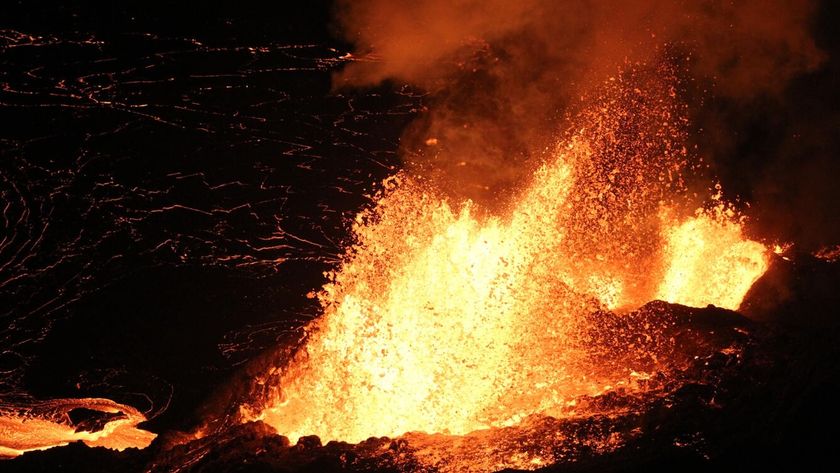Some Foods Taste Different Hot or Cold

Most people prefer their soda cold and their coffee hot, and a new study shows that this coudl be because changes in the temperature of foods and drinks have an effect on the taste intensity of sour, bitter and astringent tastes.
In addition, in 20 to 30 percent of the population known as 'thermal' tasters, heating or cooling small areas of the tongue draws out a taste sensation without the presence of food or drink.
"For some individuals, temperature alone can elicit taste sensations. These individuals seem to be more sensitive to tastes in general. What our work shows is that, in addition to these sensitive individuals, the temperature of a specific taste can affect how intense it tastes," the authors write in the paper, published May 11 in the journal Chemosensory Perception.
Over three sessions, 74 participants (a combination of 'thermal' tasters, 'super' tasters i.e. people who are particularly sensitive to tastes in general, and 'regular' tasters) tasted sweet, sour, bitter and astringent solutions at both 5 and 35 degrees Celsius. They were then asked to rate the intensity of the tastes over a period of time.
For all three types of tasters, temperature influenced the intensity of astringent, bitter and sour solutions, but not from the sweet solutions. Astringency and sourness were more intense when the solution was warm, and the intensity of the flavor lasted longer with the warm solution than with the cold one.
On the other hand, bitterness was more intense with the cold solution and the flavor intensity declined faster with the cold solution than with the warm one. Surprisingly, there was no difference in perceived sweetness between the cold and warm sugar solutions, but it took longer for the cold solution to reach its maximum flavor intensity.
Sign up for the Live Science daily newsletter now
Get the world’s most fascinating discoveries delivered straight to your inbox.
Most Popular






